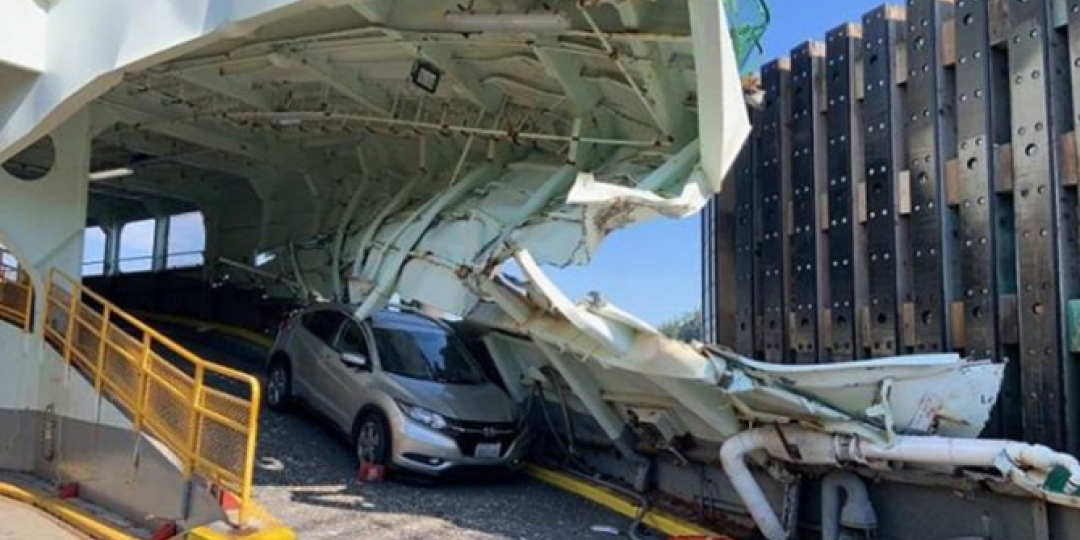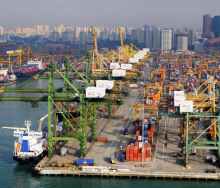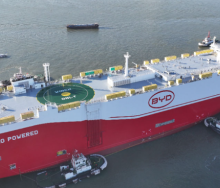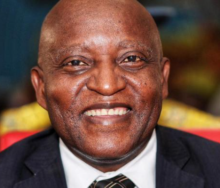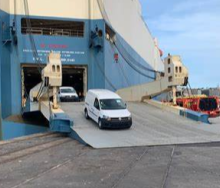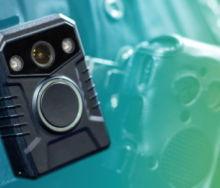A sleep-deprived ship’s master has been blamed for damage amounting to $10 million after the Washington State ferry Cathlamet struck a mooring dolphin at a Seattle terminal last year.
According to the National Transportation Safety Board (NTSB), on July 28, 2022, the passenger and car ferry Cathlamet crossed Puget Sound and was approaching the Fauntleroy Ferry Terminal in Fauntleroy, Washington, with 94 people on board when the vessel struck a ferry terminal dolphin.
One minor injury was reported. The damage to the vessel was estimated at $10 million, and the dolphin damage estimate was $300 000.
A passenger who had been standing on the portside passenger deck forward saw that the vessel was about to strike the dolphin and started to move aft toward the house.
When the ferry struck the dolphin, the area where he had been standing collapsed from the impact.
He hung onto a railing, which prevented him from falling onto the damaged deck below.
When the deck collapsed, the port passenger deck structure also folded onto the car deck and penetrated the interior of a parked car, just missing the occupant who was sitting in the driver’s seat.
After the ferry struck the dolphin, the vessel continued to move forward toward the shore where recreational vessels were anchored.
The quartermaster told investigators that the master had looked at him, asking twice, “what happened?”
Realising that the vessel was still moving forward and possibly could strike the anchored vessels or run aground, the quartermaster told the master to “back out.”
He told the master to back out twice more before he engaged both engines and stopped the vessel’s forward motion – actions that were recorded in the Data Logger.
Following the casualty, the master submitted to alcohol and other drug testing in accordance with Coast Guard regulations, and the results were negative.
A review of his cellular phone records found that before and during the casualty, the master was not on the phone.
The master’s 96-hour work/rest history showed that he had been sleeping five to six hours a night before the casualty. Investigators asked the quartermaster to describe the master’s demeanour when he would arrive on the Cathlamet for the watch, and he replied that the master was typically “always tired in the morning.”
When he arrived in the pilothouse and relieved the chief mate at 07:20 on the day of the casualty, the quartermaster noted that he “just seemed tired.” The master stated that he arrived at the vessel at 03:30 for his shift before taking his first watch at 07:20. In the time between arriving and taking his first watch, he stated that his normal routine was to walk around the vessel and that he “checks things out”.
Coast Guard Investigators interviewed the master on the day of the casualty.
When asked if he felt rested when he arrived at the vessel on the morning of the casualty, he said: “Well, I don’t know if I’d call it 100% rested ... I mean, it was hot out, very hot, you know, trying to sleep.”
At the time of the casualty, there was a heat wave occurring in the Seattle area.
The master informed investigators of a family member’s medical condition and overall health, which had been deteriorating, and that the situation had been bothering him.
He told investigators: “I got engagement, and the next thing I know I hit, I hit the dolphin. That’s all I know.”
He retired from WSF the day after the casualty, surrendered his Coast Guard credential, and would not provide any additional information to investigators.
